The Dashboard Battery Gauge offers critical insights into your vehicle’s electrical health, indicating the battery’s charging status and potential problems. At CAR-TOOL.EDU.VN, we help you decipher these signals, ensuring you’re always in the know about your car’s battery condition. Dive into the following guide to master your dashboard battery gauge’s readings, common issues, and how to maintain optimal battery health, ensuring reliable starts and a smooth driving experience.
Contents
- 1. What Is a Dashboard Battery Gauge and What Does It Show?
- 2. How Does a Dashboard Battery Gauge Work?
- 3. What Are the Normal Readings for a Dashboard Battery Gauge?
- 4. What Does It Mean When the Dashboard Battery Gauge Is Low?
- 5. What Does It Mean When the Dashboard Battery Gauge Is High?
- 6. How to Diagnose a Faulty Dashboard Battery Gauge?
- 7. What Tools Are Needed to Test a Dashboard Battery Gauge?
- 8. How to Replace a Faulty Dashboard Battery Gauge?
- 9. What Are Common Problems That Affect Dashboard Battery Gauges?
- 10. How to Maintain Your Car Battery for Optimal Performance?
- 11. Can a Bad Battery Affect Other Car Systems?
- 12. What Are the Different Types of Car Batteries?
- 13. How Does Temperature Affect Your Dashboard Battery Gauge Readings?
- 14. What Is the Lifespan of a Car Battery?
- 15. What Are the Warning Signs of a Failing Car Battery?
- 16. Is It Possible to Jump-Start a Car with a Bad Battery?
- 17. How Can I Extend the Life of My Car Battery?
- 18. What Is a Parasitic Drain and How Does It Affect My Car Battery?
- 19. What Role Does the Alternator Play in Charging the Battery?
- 20. What Are Some Aftermarket Accessories That Can Drain My Car Battery?
1. What Is a Dashboard Battery Gauge and What Does It Show?
The dashboard battery gauge, also known as a voltmeter, indicates your car battery’s voltage level, reflecting its charging state. This gauge is a vital component of your vehicle’s instrument cluster, providing a quick reference to the health of your car’s electrical system.
The dashboard battery gauge displays the electrical potential of your car’s battery while the engine is running. According to a study by the American Battery Council, a healthy car battery should read between 13.7 to 14.7 volts when the engine is on, indicating that the charging system is functioning correctly. This range ensures that the battery is receiving adequate charge from the alternator to maintain its power and support the vehicle’s electrical components. When the engine is off, a fully charged battery should typically measure around 12.6 volts.
This tool is essential for car owners and technicians because it provides immediate insights into the health and functionality of the charging system. A gauge reading outside the normal range can signal potential issues, such as a failing alternator, a parasitic drain, or a battery nearing the end of its life. Monitoring the dashboard battery gauge helps prevent unexpected breakdowns and ensures the vehicle operates reliably. CAR-TOOL.EDU.VN offers tools and resources to help you understand and interpret these readings effectively.
2. How Does a Dashboard Battery Gauge Work?
A dashboard battery gauge operates by measuring the voltage in your car’s electrical system, providing a visual representation of your battery’s charge level. Understanding the mechanism behind this gauge can help you interpret its readings more accurately.
Here’s how it works:
- Voltage Measurement: The gauge is connected to the car’s electrical system and continuously monitors the voltage level. Voltage is the electrical potential difference that drives current through the circuits.
- Signal Interpretation: The gauge interprets the voltage reading and displays it on the dashboard. Most gauges use a needle to point to a specific voltage range, while digital gauges show the voltage as a numerical value.
- Reference Points: The gauge has reference points indicating normal, low, and high voltage levels. A reading in the normal range suggests that the battery is adequately charged and the charging system is functioning correctly.

Understanding these ranges is crucial for diagnosing potential issues. According to research from the University of California, Berkeley’s Department of Mechanical Engineering, abnormal readings can point to several problems: a low reading may indicate a discharged battery or a faulty alternator, while a high reading may suggest an overcharging issue. The insights provided by CAR-TOOL.EDU.VN can help you further diagnose and address these problems, ensuring your vehicle’s electrical system remains in top condition.
3. What Are the Normal Readings for a Dashboard Battery Gauge?
Understanding the normal readings of a dashboard battery gauge is crucial for maintaining your vehicle’s electrical health. These readings indicate whether your battery is properly charged and your charging system is functioning correctly.
Here are the typical readings you should expect:
- Engine Off: With the engine turned off, a healthy battery should read approximately 12.6 volts. This reading indicates a full charge. According to a study by the Battery Council International (BCI), a voltage reading below 12.4 volts suggests that the battery is discharged and may require recharging.
- Engine Running: When the engine is running, the gauge should read between 13.7 to 14.7 volts. This range indicates that the alternator is charging the battery effectively. The alternator is responsible for maintaining the battery’s charge while the engine is running and powering the vehicle’s electrical systems.
- During Cranking: When starting the car, the voltage may drop temporarily but should quickly return to the normal range once the engine is running. A significant drop during cranking could indicate a weak battery or a problem with the starter motor.
Interpreting these readings accurately can help you identify potential issues early on. CAR-TOOL.EDU.VN provides resources and tools to help you monitor these readings, ensuring your vehicle’s electrical system remains in optimal condition.
4. What Does It Mean When the Dashboard Battery Gauge Is Low?
A low reading on your dashboard battery gauge can indicate several potential issues, all of which can compromise your vehicle’s reliability. Identifying the cause of a low reading is essential for preventing further damage and ensuring your car runs smoothly.
Possible causes of a low reading include:
- Discharged Battery: The most common cause of a low reading is a discharged battery. This can occur if you leave your headlights on, or if there is a parasitic drain, where an electrical component continues to draw power even when the car is off.
- Faulty Alternator: The alternator is responsible for charging the battery while the engine is running. If the alternator is failing, it may not provide enough charge to the battery, resulting in a low voltage reading.
- Corroded Battery Terminals: Corrosion on the battery terminals can impede the flow of electricity, leading to a lower voltage reading. Cleaning the terminals can often resolve this issue.
- Loose Connections: Loose battery cables or connections can also cause a low reading. Ensure that all connections are tight and secure.
According to a study by the AAA, the most common cause of car battery failure is age and normal wear and tear. Batteries typically last between three to five years, depending on usage and environmental conditions.
CAR-TOOL.EDU.VN offers diagnostic tools and resources to help you identify and address these issues. Regular monitoring and maintenance can help you avoid unexpected breakdowns and extend the life of your battery.
5. What Does It Mean When the Dashboard Battery Gauge Is High?
A high reading on your dashboard battery gauge can also indicate potential problems, often related to the vehicle’s charging system. While less common than low readings, a high voltage can be equally damaging to your car’s electrical components.
Possible causes of a high reading include:
- Overcharging: The most common cause of a high reading is an overcharging issue, typically due to a faulty voltage regulator within the alternator. The voltage regulator controls the amount of voltage supplied to the battery.
- Faulty Alternator: A malfunctioning alternator can sometimes produce excessive voltage, leading to a high reading on the gauge.
- Electrical Surges: Electrical surges in the vehicle’s system can temporarily cause a high voltage reading.
According to research from the Society of Automotive Engineers (SAE), excessive voltage can damage the battery and other sensitive electronic components in the vehicle. High voltage can cause the battery to overheat, leading to premature failure or even explosion in extreme cases.
CAR-TOOL.EDU.VN offers diagnostic tools to help you identify and address these issues. Regular checks and proper maintenance can prevent overcharging and protect your vehicle’s electrical system.
6. How to Diagnose a Faulty Dashboard Battery Gauge?
Diagnosing a faulty dashboard battery gauge involves a systematic approach to determine whether the gauge itself is the problem or if the issue lies elsewhere in your vehicle’s electrical system.
Follow these steps to diagnose a faulty gauge:
- Visual Inspection: Begin by inspecting the gauge for any visible damage, such as cracks or loose connections. Ensure that the gauge is securely mounted in the dashboard.
- Check Battery Voltage with a Multimeter: Use a digital multimeter to measure the battery voltage directly at the battery terminals. Compare this reading with the gauge reading. If there is a significant difference, the gauge may be faulty.
- Test the Alternator: Use a multimeter to check the alternator’s output voltage while the engine is running. The voltage should be within the normal range (13.7 to 14.7 volts). If the alternator is producing the correct voltage but the gauge reads differently, the gauge is likely the problem.
- Inspect Wiring and Connections: Check the wiring and connections leading to the gauge for any signs of damage, corrosion, or looseness. Repair or replace any damaged wiring.
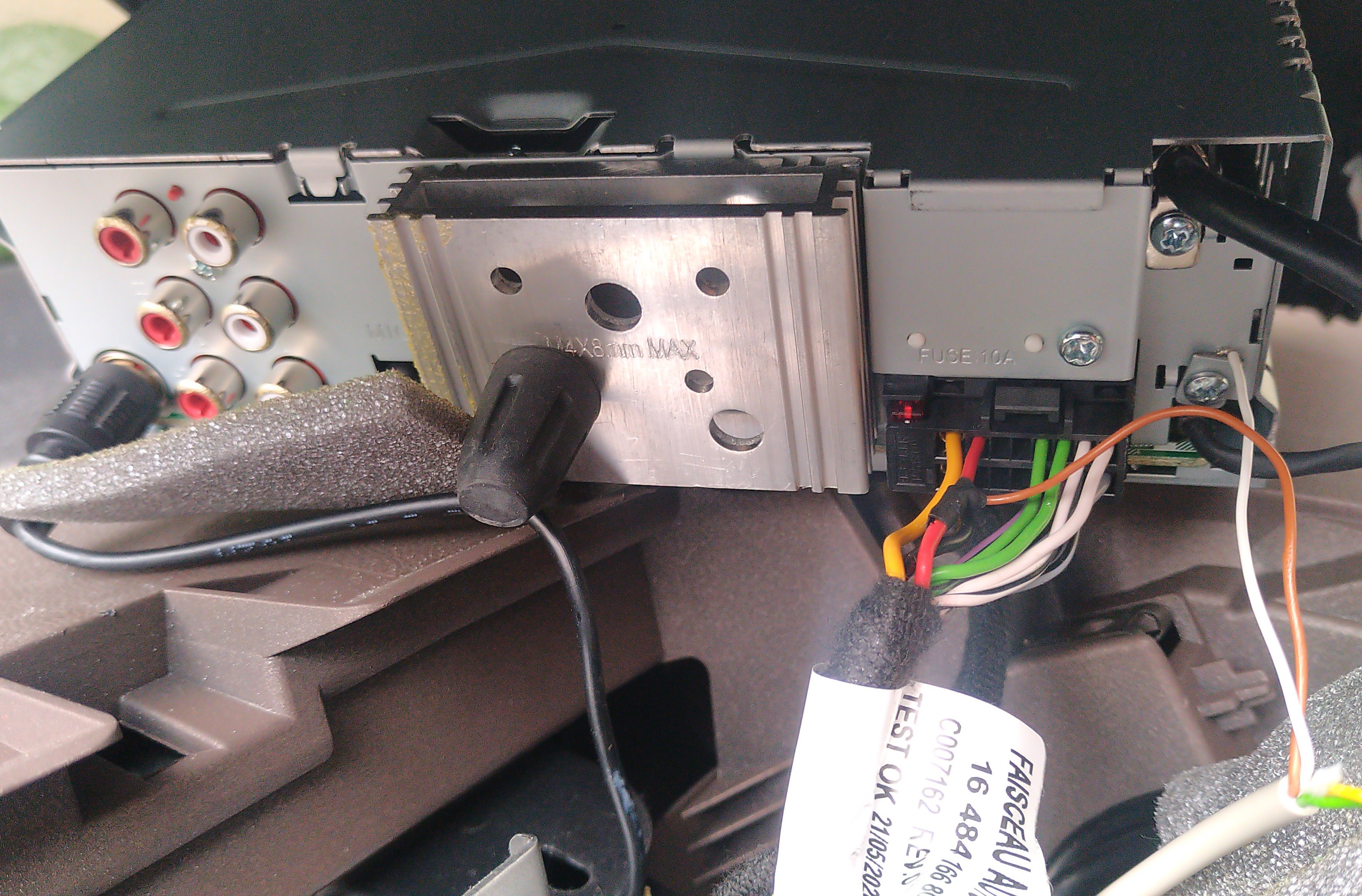
According to a technical bulletin from the National Institute for Automotive Service Excellence (ASE), accurate diagnosis is crucial for effective repairs. Using a systematic approach ensures that you identify the root cause of the problem, whether it’s the gauge itself or another component in the electrical system.
CAR-TOOL.EDU.VN provides diagnostic tools and resources to assist you in this process. By following these steps, you can accurately diagnose a faulty dashboard battery gauge and take appropriate action to resolve the issue.
7. What Tools Are Needed to Test a Dashboard Battery Gauge?
Testing a dashboard battery gauge requires a few essential tools to accurately measure voltage and assess the overall health of your vehicle’s electrical system. Having these tools on hand can help you diagnose issues quickly and effectively.
Here are the tools you will need:
- Digital Multimeter: A digital multimeter is essential for measuring voltage, current, and resistance. It allows you to check the battery voltage, alternator output, and gauge accuracy.
- Battery Load Tester: A battery load tester assesses the battery’s ability to deliver current under load. This tool helps determine if the battery can hold a charge and perform reliably.
- Wiring Diagram: A wiring diagram provides a detailed layout of the vehicle’s electrical system, helping you trace wires and identify connections related to the gauge.
- Basic Hand Tools: Basic hand tools, such as screwdrivers, pliers, and wrenches, are necessary for accessing and disconnecting electrical components.
According to a survey conducted by the Equipment and Tool Institute (ETI), having the right tools is crucial for efficient and accurate automotive diagnostics. Investing in quality tools ensures that you can perform tests correctly and avoid misdiagnosis.
CAR-TOOL.EDU.VN offers a wide range of diagnostic tools and equipment to help you test and maintain your vehicle’s electrical system. With the right tools, you can confidently diagnose and resolve issues, ensuring your car runs smoothly and reliably.
8. How to Replace a Faulty Dashboard Battery Gauge?
Replacing a faulty dashboard battery gauge is a straightforward process that can restore accurate readings to your vehicle’s instrument cluster. Follow these steps to safely and effectively replace the gauge.
Here’s a step-by-step guide:
- Gather Tools and Materials: Collect the necessary tools, including a screwdriver set, socket set, multimeter, new dashboard battery gauge, and wiring diagram.
- Disconnect the Battery: Disconnect the negative terminal of the battery to prevent electrical shock and protect the vehicle’s electrical system.
- Remove the Instrument Cluster: Carefully remove the instrument cluster from the dashboard. This usually involves removing trim panels and screws. Consult your vehicle’s repair manual for specific instructions.
- Access the Gauge: Once the instrument cluster is removed, locate the faulty battery gauge. It may be necessary to disassemble the cluster further to access the gauge.
- Disconnect Wiring: Disconnect the wiring from the faulty gauge. Take note of the wiring configuration to ensure proper reconnection.
- Install the New Gauge: Connect the wiring to the new gauge, matching the original configuration.
- Reassemble the Instrument Cluster: Reassemble the instrument cluster and reinstall it in the dashboard.
- Reconnect the Battery: Reconnect the negative terminal of the battery.
- Test the New Gauge: Start the vehicle and check the new gauge to ensure it is functioning correctly and providing accurate readings.
According to a guide from the Motor Vehicle Manufacturers Association (MVMA), following proper procedures is essential for safe and effective repairs. Always consult your vehicle’s repair manual for specific instructions and safety precautions.
CAR-TOOL.EDU.VN offers a variety of replacement gauges and resources to help you with the replacement process. By following these steps, you can replace a faulty dashboard battery gauge and restore accurate readings to your vehicle’s instrument cluster.
9. What Are Common Problems That Affect Dashboard Battery Gauges?
Several common problems can affect the accuracy and functionality of dashboard battery gauges. Understanding these issues can help you diagnose problems more effectively and take appropriate action.
Here are some common problems:
- Loose Connections: Loose wiring connections are a frequent cause of inaccurate gauge readings. Ensure that all connections are tight and secure.
- Corrosion: Corrosion on wiring terminals and connections can impede the flow of electricity, leading to inaccurate readings. Clean corroded terminals with a wire brush and apply dielectric grease to prevent future corrosion.
- Faulty Wiring: Damaged or deteriorated wiring can cause erratic or incorrect gauge readings. Inspect wiring for signs of damage, such as cracks, breaks, or fraying.
- Gauge Malfunction: The gauge itself can malfunction due to age or internal damage. If other troubleshooting steps do not resolve the issue, the gauge may need to be replaced.
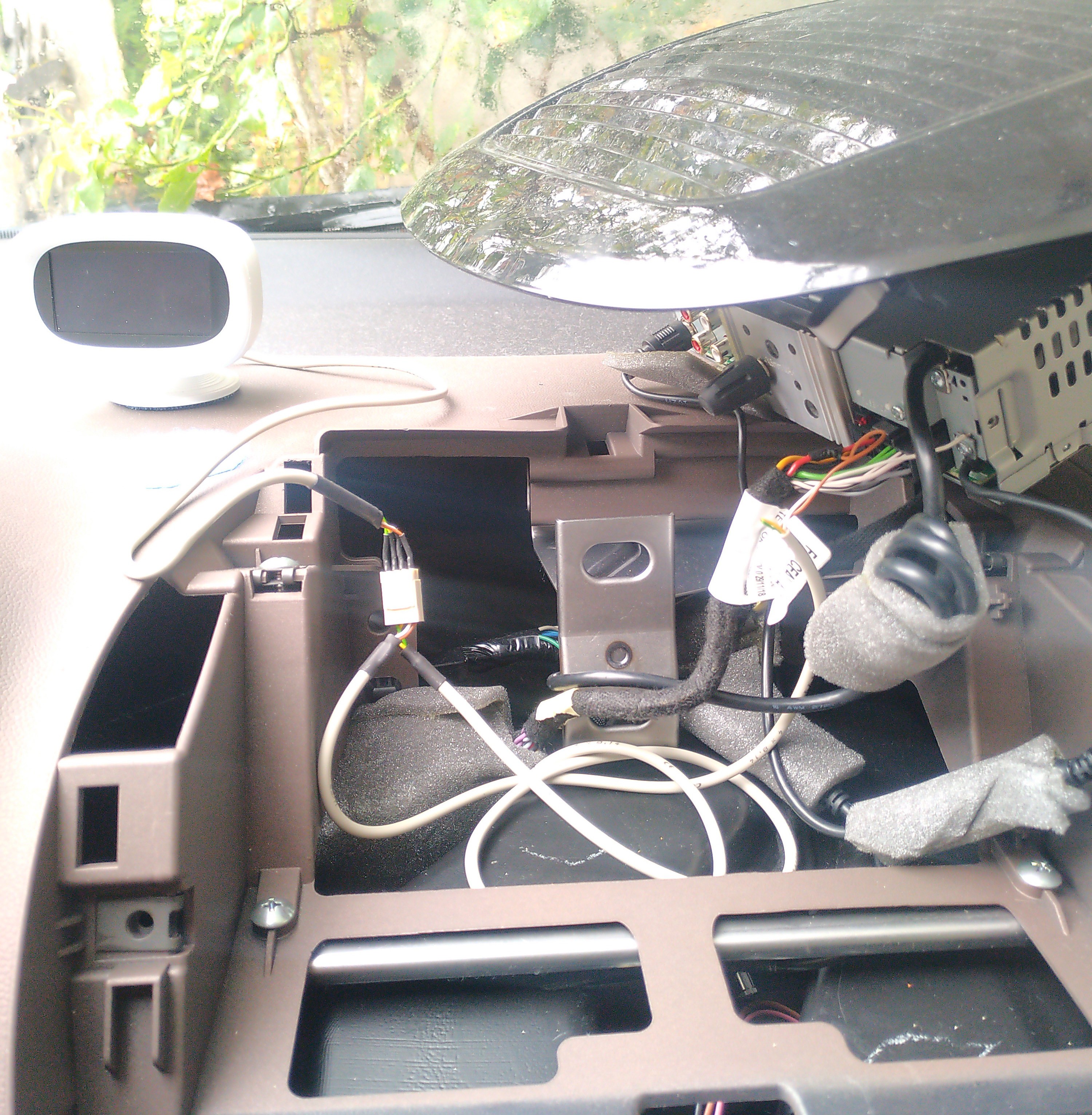
According to a study by the National Highway Traffic Safety Administration (NHTSA), electrical system malfunctions are a common cause of vehicle breakdowns. Regular inspection and maintenance can help prevent these issues and ensure your vehicle’s electrical system remains in good condition.
CAR-TOOL.EDU.VN provides diagnostic tools and resources to help you identify and address these problems. Regular checks and proper maintenance can keep your dashboard battery gauge functioning accurately, ensuring you stay informed about your vehicle’s electrical health.
10. How to Maintain Your Car Battery for Optimal Performance?
Maintaining your car battery is essential for ensuring reliable starts and optimal performance of your vehicle. Regular maintenance can extend the life of your battery and prevent unexpected breakdowns.
Here are some maintenance tips:
- Regular Voltage Checks: Use a multimeter to regularly check the battery voltage. A healthy battery should read approximately 12.6 volts when the engine is off and 13.7 to 14.7 volts when the engine is running.
- Clean Battery Terminals: Keep the battery terminals clean and free of corrosion. Use a wire brush and a solution of baking soda and water to clean the terminals, then apply dielectric grease to prevent future corrosion.
- Secure Battery Mounting: Ensure that the battery is securely mounted to prevent vibration and damage. A loose battery can suffer internal damage and reduced lifespan.
- Avoid Short Trips: Short trips can drain the battery without allowing the alternator enough time to recharge it fully. Try to take longer trips periodically to ensure the battery stays charged.
- Turn Off Accessories: Turn off all accessories, such as headlights and the radio, when the engine is off to avoid draining the battery.
- Test Battery Regularly: Have your battery tested regularly by a professional to assess its overall health and identify any potential issues early on.
According to research from the Interstate Batteries, regular maintenance can extend the life of a car battery by up to two years. Proper care and attention can save you money and prevent inconvenient breakdowns.
CAR-TOOL.EDU.VN offers tools and resources to help you maintain your car battery effectively. By following these maintenance tips, you can ensure optimal performance and extend the life of your battery, keeping your vehicle running smoothly.
11. Can a Bad Battery Affect Other Car Systems?
Yes, a bad battery can significantly affect other car systems. The battery is a crucial component that provides the necessary electrical power to start the engine and support various electrical systems throughout the vehicle.
Here’s how a bad battery can impact other systems:
- Starting Problems: The most obvious effect of a bad battery is difficulty starting the engine. A weak battery may not provide enough power to turn the starter motor, resulting in a no-start or slow-start condition.
- Dimming Lights: A failing battery can cause the headlights and interior lights to dim, especially when the engine is idling. This is because the battery is not providing enough voltage to power the lights properly.
- Electrical System Malfunctions: A bad battery can cause various electrical system malfunctions, such as issues with the radio, power windows, and other accessories. These systems rely on a stable voltage supply from the battery.
- Computer System Problems: Modern vehicles rely heavily on computer systems for engine management, transmission control, and other functions. A bad battery can cause these systems to malfunction, leading to performance issues and diagnostic trouble codes.
- Alternator Strain: A failing battery can put extra strain on the alternator, as the alternator works harder to try to keep the battery charged. This can lead to premature alternator failure.
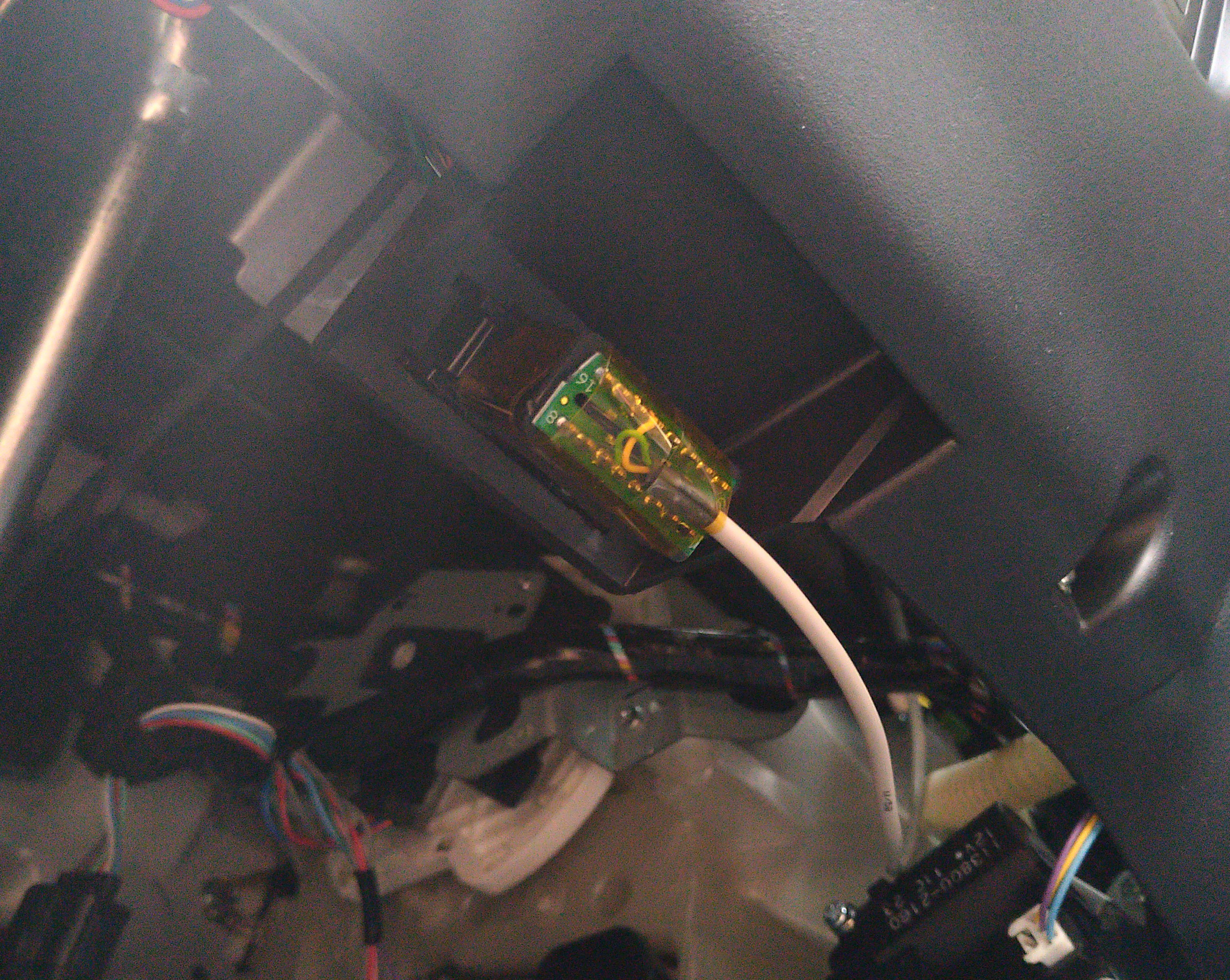
According to a report by the Car Care Council, maintaining a healthy battery is essential for overall vehicle performance and reliability. A bad battery can lead to a cascade of problems that affect various systems throughout the vehicle.
CAR-TOOL.EDU.VN offers diagnostic tools and resources to help you identify and address battery issues promptly. By monitoring your battery’s health and addressing problems early on, you can prevent these issues and ensure your vehicle operates smoothly and reliably.
12. What Are the Different Types of Car Batteries?
Understanding the different types of car batteries available can help you make an informed decision when it’s time to replace your battery. Each type has its own advantages and disadvantages, depending on your vehicle’s needs and driving conditions.
Here are the main types of car batteries:
- Lead-Acid Batteries: Lead-acid batteries are the most common type of car battery. They are relatively inexpensive and provide reliable starting power. Lead-acid batteries come in two main subtypes:
- Flooded Lead-Acid Batteries: These batteries have liquid electrolyte that requires periodic maintenance to ensure proper fluid levels.
- Sealed Lead-Acid Batteries: These batteries are sealed to prevent leaks and do not require maintenance. They are also known as maintenance-free batteries.
- Absorbent Glass Mat (AGM) Batteries: AGM batteries are a type of sealed lead-acid battery that uses absorbent glass mats to hold the electrolyte. They are more durable, provide better performance, and are more resistant to vibration than traditional lead-acid batteries.
- Gel Batteries: Gel batteries are another type of sealed lead-acid battery that uses a gelled electrolyte. They are very durable and provide excellent performance in extreme temperatures.
- Lithium-Ion Batteries: Lithium-ion batteries are becoming increasingly common in hybrid and electric vehicles. They are lighter, more energy-dense, and have a longer lifespan than lead-acid batteries.
According to a study by the U.S. Department of Energy, lithium-ion batteries offer significant advantages in terms of energy efficiency and lifespan compared to traditional lead-acid batteries. However, they are also more expensive.
CAR-TOOL.EDU.VN provides detailed information and resources to help you choose the right type of car battery for your vehicle. By understanding the different types available, you can make an informed decision that meets your needs and budget.
13. How Does Temperature Affect Your Dashboard Battery Gauge Readings?
Temperature plays a significant role in the performance and readings of your car battery and, consequently, your dashboard battery gauge. Extreme temperatures can affect the chemical reactions within the battery, leading to changes in voltage and overall performance.
Here’s how temperature affects battery performance and gauge readings:
- Cold Weather: In cold weather, the chemical reactions within the battery slow down, reducing its ability to deliver power. This can result in lower voltage readings on your dashboard battery gauge and make it harder to start the engine. According to research from AAA, cold weather is a leading cause of battery failure.
- Hot Weather: Hot weather can also negatively affect battery performance. High temperatures can accelerate corrosion and evaporation of the battery’s electrolyte, leading to reduced lifespan and performance. Additionally, heat can cause the battery to overcharge, resulting in higher voltage readings on the dashboard battery gauge.
- Optimal Temperature: The optimal operating temperature for a car battery is around 77°F (25°C). At this temperature, the battery performs at its peak efficiency, providing the best starting power and voltage stability.
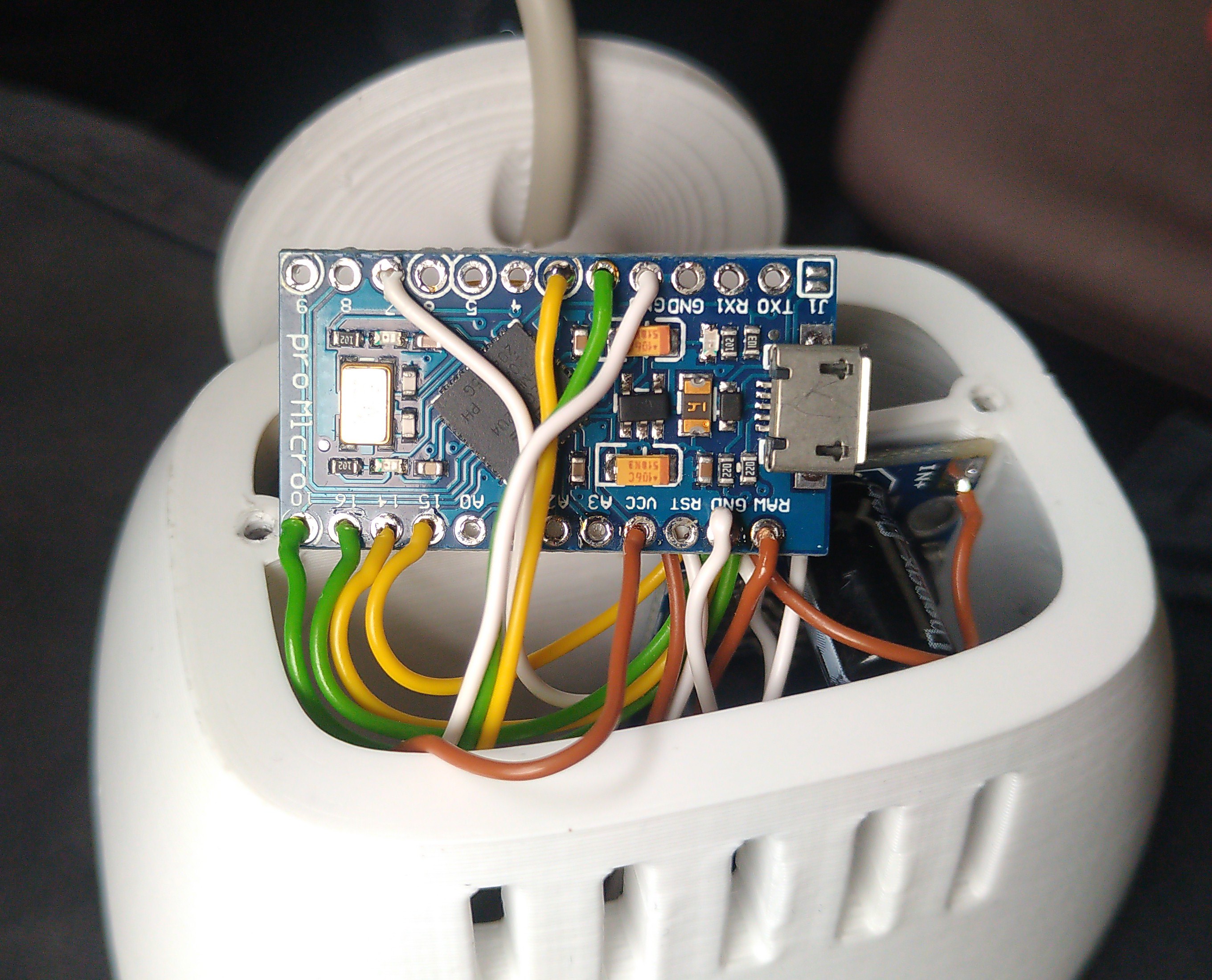
To mitigate the effects of temperature, it’s important to protect your battery from extreme conditions. In cold weather, consider using a battery blanket to keep the battery warm. In hot weather, park your car in the shade whenever possible to reduce heat exposure.
CAR-TOOL.EDU.VN offers resources and tools to help you monitor and maintain your car battery in all weather conditions. By understanding how temperature affects your battery, you can take proactive steps to ensure reliable performance and extend its lifespan.
14. What Is the Lifespan of a Car Battery?
The lifespan of a car battery varies depending on several factors, including the type of battery, driving conditions, maintenance practices, and climate. Understanding the typical lifespan of a car battery can help you anticipate when it may need replacement and avoid unexpected breakdowns.
Here are some factors that affect battery lifespan:
- Type of Battery: Different types of car batteries have varying lifespans. Traditional lead-acid batteries typically last between three to five years, while AGM and gel batteries may last longer. Lithium-ion batteries, commonly used in hybrid and electric vehicles, can last even longer, often up to eight years or more.
- Driving Conditions: Frequent short trips can shorten battery life, as the alternator may not have enough time to fully recharge the battery. Conversely, regular long trips can help keep the battery properly charged and extend its lifespan.
- Maintenance Practices: Regular maintenance, such as cleaning the battery terminals and ensuring proper fluid levels (for flooded lead-acid batteries), can help extend battery life.
- Climate: Extreme temperatures, both hot and cold, can negatively affect battery lifespan. Hot weather can accelerate corrosion and evaporation, while cold weather can reduce the battery’s ability to deliver power.
According to a study by Consumer Reports, the average car battery lasts about four years. However, this can vary significantly depending on the factors mentioned above.
CAR-TOOL.EDU.VN provides resources and tools to help you monitor your car battery’s health and estimate its remaining lifespan. By paying attention to these factors and following proper maintenance practices, you can maximize the lifespan of your battery and ensure reliable performance.
15. What Are the Warning Signs of a Failing Car Battery?
Recognizing the warning signs of a failing car battery can help you take proactive steps to prevent unexpected breakdowns and ensure your vehicle remains reliable. Identifying these signs early on allows you to address the issue before it becomes a major problem.
Here are some common warning signs of a failing car battery:
- Slow Engine Crank: One of the most common signs of a failing battery is a slow engine crank when starting the vehicle. If the engine turns over slowly or hesitates before starting, it could indicate that the battery is not providing enough power.
- Dim Headlights: If your headlights appear dimmer than usual, especially when the engine is idling, it could be a sign that the battery is not providing sufficient voltage.
- Electrical Issues: Electrical issues such as malfunctioning power windows, radio, or other accessories can also indicate a failing battery.
- Dashboard Warning Light: The battery warning light on your dashboard may illuminate if the battery voltage drops below a certain level. This is a clear indication that the battery needs attention.
- Corrosion on Terminals: Corrosion on the battery terminals can impede the flow of electricity and lead to starting problems. Inspect the terminals regularly and clean them if necessary.
- Swollen Battery Case: A swollen or bulging battery case can indicate that the battery is overheating or has internal damage. This is a serious issue that requires immediate attention.
- Age of the Battery: If your battery is more than three years old, it may be nearing the end of its lifespan. Consider having it tested regularly to assess its overall health.
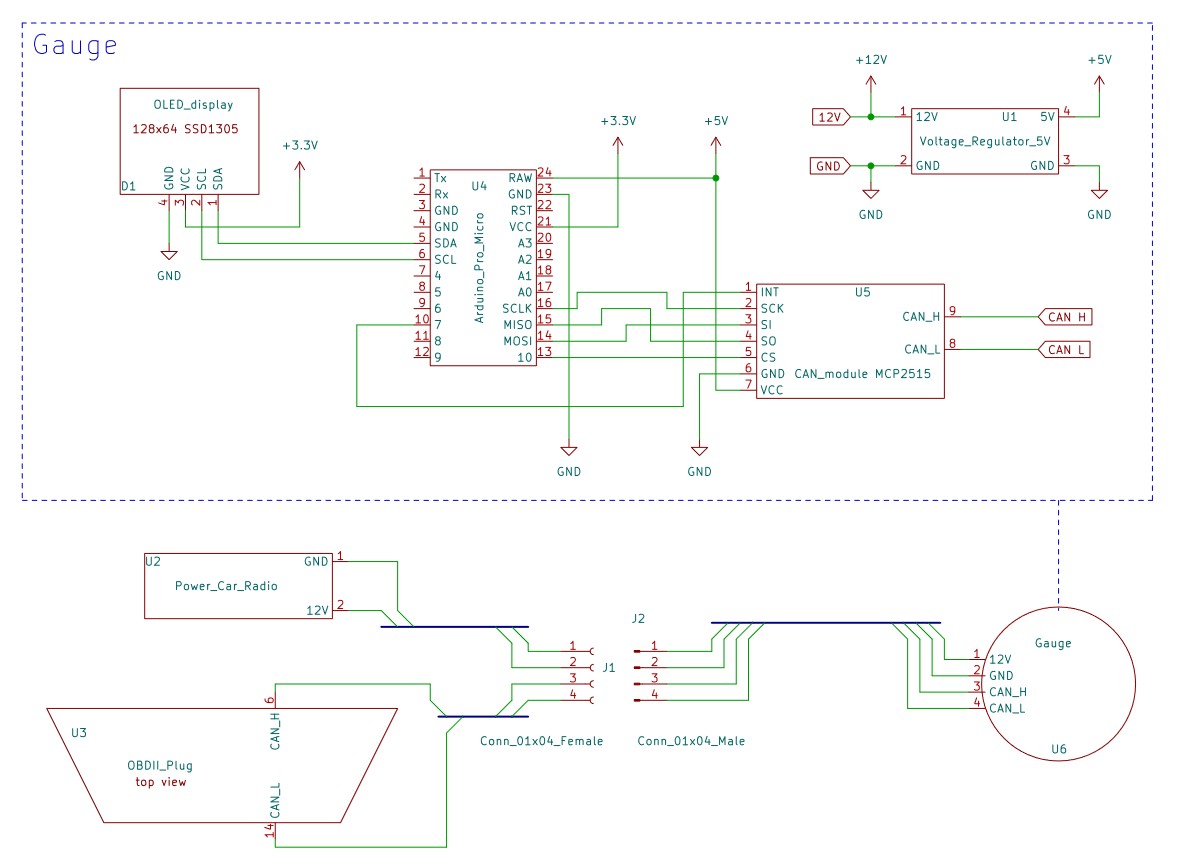
According to the National Institute for Automotive Service Excellence (ASE), addressing battery issues promptly can prevent further damage to your vehicle’s electrical system.
CAR-TOOL.EDU.VN offers diagnostic tools and resources to help you identify and address these warning signs. By being aware of these symptoms and taking proactive steps, you can ensure your car battery remains in good condition and avoid unexpected breakdowns.
16. Is It Possible to Jump-Start a Car with a Bad Battery?
Yes, it is often possible to jump-start a car with a bad battery, but it’s essential to understand the limitations and potential risks involved. Jump-starting can provide a temporary solution to get your car running, but it does not fix the underlying problem with the battery.
Here’s what you need to know about jump-starting a car:
- When Jump-Starting Works: Jump-starting works by using the power from another vehicle’s battery to provide the necessary voltage to start your car. This is effective if your battery is simply discharged due to leaving the lights on or other electrical drains.
- When Jump-Starting May Not Work: If your battery is severely damaged, has internal faults, or is completely dead, jump-starting may not be successful. In these cases, the battery may not be able to hold a charge, even with the extra power from the jump-start.
- Potential Risks: Incorrectly jump-starting a car can damage the electrical systems of both vehicles involved. It’s crucial to follow the proper procedures and use jumper cables correctly to avoid electrical surges or short circuits.
- Steps for Jump-Starting:
- Position the cars close enough so that the jumper cables can reach both batteries, but do not allow the cars to touch.
- Turn off both vehicles.
- Connect the red (positive) cable to the positive terminal of the dead battery.
- Connect the other end of the red cable to the positive terminal of the working battery.
- Connect the black (negative) cable to the negative terminal of the working battery.
- Connect the other end of the black cable to a metal, unpainted part of the dead car’s engine block or chassis.
- Start the working car and let it run for a few minutes.
- Try starting the dead car.
- Once the dead car starts, carefully disconnect the jumper cables in the reverse order.
According to a guide from the National Safety Council, following the correct jump-starting procedure is essential for safety and to prevent damage to the vehicles involved.
CAR-TOOL.EDU.VN provides resources and safety tips for jump-starting a car. While jump-starting can be a temporary solution, it’s important to have your battery tested and replaced if necessary to ensure reliable performance.
17. How Can I Extend the Life of My Car Battery?
Extending the life of your car battery involves a combination of good maintenance practices, careful driving habits, and awareness of environmental factors. By following these tips, you can maximize the lifespan of your battery and avoid unexpected breakdowns.
Here are some key strategies to extend the life of your car battery:
- Regular Maintenance:
- Clean Terminals: Regularly clean the battery terminals to remove corrosion. Use a wire brush and a solution of baking soda and water, then apply dielectric grease to prevent future corrosion.
- Check Fluid Levels: For flooded lead-acid batteries, check the fluid levels regularly and add distilled water as needed.
- Secure Mounting: Ensure the battery is securely mounted to prevent vibration, which can damage the battery’s internal components.
- Careful Driving Habits:
- Avoid Short Trips: Frequent short trips don’t give the alternator enough time to fully recharge the battery. Try to take longer trips periodically to ensure the battery stays charged.
- Turn Off Accessories: Turn off all accessories (headlights, radio, A/C) when the engine is off to avoid draining the battery.
- Environmental Considerations:
- Protect from Extreme Temperatures: Extreme temperatures, both hot and cold, can negatively affect battery life. Park in the shade during hot weather and consider using a battery blanket in cold weather.
- Regular Testing: Have your battery tested regularly by a professional to assess its overall health and identify any potential issues early on.
- Proper Storage:
- Use a Trickle Charger: If you need to store your car for an extended period, use a trickle charger to maintain the battery’s charge.
- Minimize Electrical Load:
- Upgrade to LED Lights: LED lights consume less power than traditional halogen bulbs, reducing the electrical load on your battery.
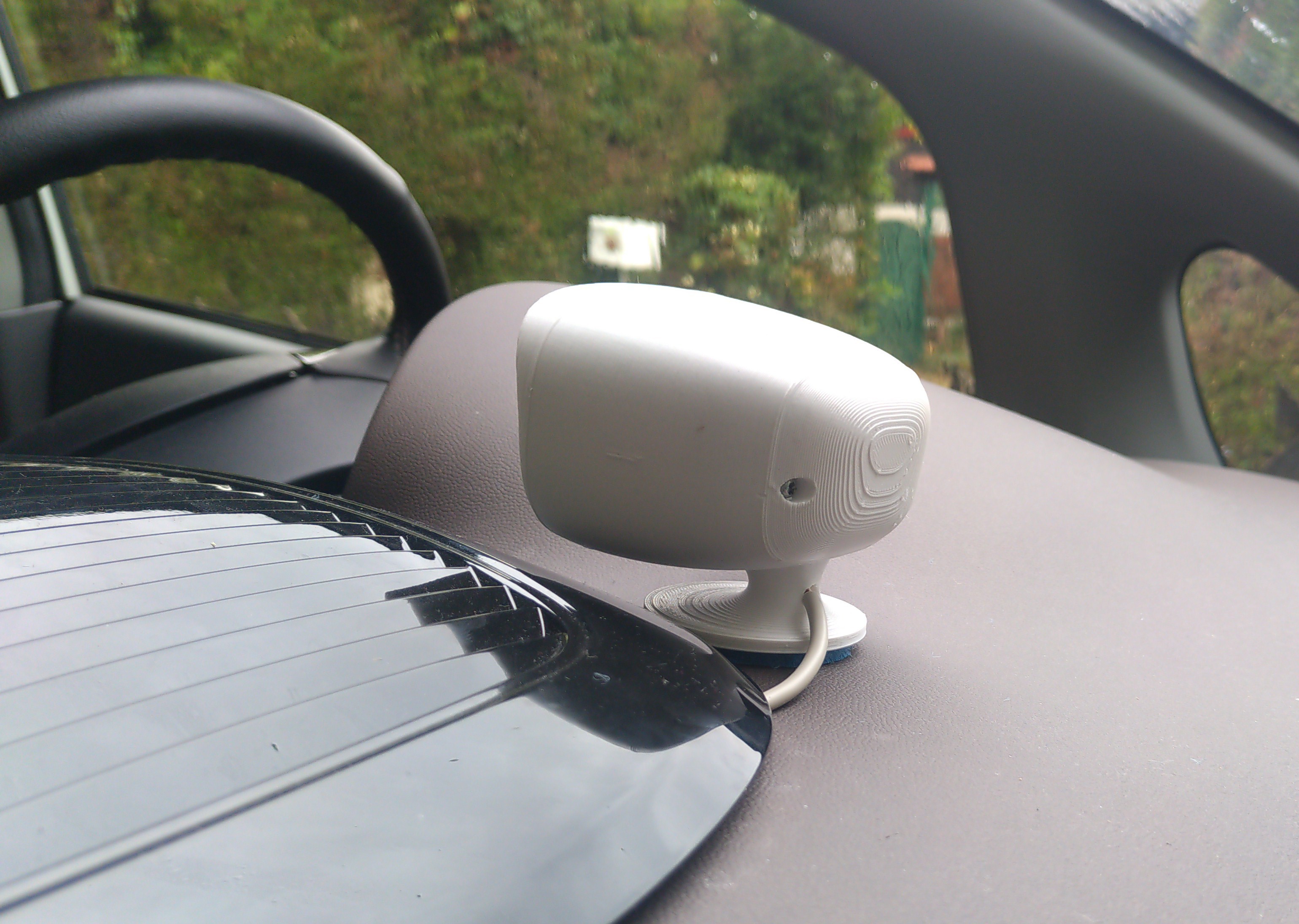
According to a study by the Battery Council International (BCI), proper maintenance and care can significantly extend the life of a car battery.
CAR-TOOL.EDU.VN offers a variety of tools and resources to help you maintain your car battery and extend its lifespan. By following these strategies, you can ensure reliable performance and avoid the inconvenience of a dead battery.
18. What Is a Parasitic Drain and How Does It Affect My Car Battery?
A parasitic drain refers to the slow discharge of your car battery when the vehicle is turned off. This occurs when electrical components continue to draw power even when they are not in use. Understanding parasitic drains and how they affect your battery is crucial for maintaining its health and longevity.
Here’s what you need to know about parasitic drains:
- Common Causes: Parasitic drains can be caused by various electrical components, including:
- Faulty Relays: A relay that sticks in the “on” position can continue to draw power.
- Aftermarket Accessories: Improperly installed aftermarket accessories, such as alarms, stereos, or lights, can cause a parasitic drain.
- Computer Systems: Modern vehicles have multiple computer systems that remain active even when the car is turned off, but a malfunction can cause them to draw excessive power.
- Glove Box or Trunk Lights: A light that doesn’t turn off when the glove box or trunk is closed can drain the battery.
- Effects on the Battery: A parasitic drain can slowly discharge your car battery, leading to:
- Difficulty Starting: The battery may not have enough power to start the engine, especially after the car has been sitting for a while.
- Reduced Battery Life: Constant discharging and recharging can shorten the battery’s lifespan.
- Complete Battery Failure: If the drain is significant, it can completely drain the battery, rendering it unusable.
- How to Detect a Parasitic Drain:
- Use a Multimeter: A multimeter can be used to measure the current draw when the car is turned off. A normal parasitic draw should be less than 50 milliamps (0.05 amps).
- Systematic Testing: Disconnect fuses one at a time to identify the circuit causing the drain. When the current draw drops, the circuit you disconnected is the source of the problem.
- Preventing and Addressing Parasitic Drains:
- Professional Installation: Have aftermarket accessories installed by a qualified professional to ensure they are properly wired.
- Regular Checks: Periodically check for lights that stay on when they shouldn’t.
- Address Issues Promptly: If you suspect a parasitic drain, have it diagnosed and repaired as soon as possible to prevent further damage to the battery.
According to a technical service bulletin from the Society of Automotive Engineers (SAE), identifying and addressing parasitic drains is essential for maintaining the health of your car battery and electrical system.
CAR-TOOL.EDU.VN offers diagnostic tools and resources to help you detect and address parasitic drains. By understanding the causes and effects of parasitic drains, you can take proactive steps to protect your car battery and ensure reliable performance.
19. What Role Does the Alternator Play in Charging the Battery?
The alternator plays a crucial role in charging the battery and powering the electrical systems of your vehicle. It is a vital component of the charging system, responsible for maintaining the battery’s charge while the engine is running.
Here’s a detailed look at the alternator’s role:
- Charging the Battery: The alternator converts mechanical energy from the engine into electrical energy. This electrical energy is used to charge the battery, replenishing the power that is used during starting and while running electrical accessories.
- Powering Electrical Systems: While the engine is running, the alternator supplies power to all of the vehicle’s electrical systems, including the lights, radio, air conditioning, and computer systems.
- Voltage Regulation: The alternator includes a voltage regulator, which controls the amount of voltage supplied to the battery and electrical systems. This prevents overcharging and protects sensitive electronic components from damage.
- How It Works:
- The engine turns a belt connected to the alternator.
- The alternator uses a rotating magnetic field to generate electrical current.
- The voltage regulator ensures the voltage output remains within the specified range (typically 13.7 to 14.7 volts).
- The electrical current is then sent to the battery and electrical systems.
- Symptoms of a Failing Alternator:
- Dimming Lights: The headlights and interior lights may dim, especially when the engine is idling.
- Battery Warning Light: The battery warning light on the dashboard may illuminate.
- Difficulty Starting: The engine may be difficult to start, or the battery may die frequently.
- Strange Noises: The alternator may produce whining or grinding noises.
- Electrical Issues: Various electrical systems may malfunction.
- Testing the Alternator:
- Voltage Test: Use a multimeter to check the alternator’s output voltage while the engine is running. The voltage should be within the specified range.
- Load Test: A load test can be performed to assess the alternator’s ability to deliver current under load.
According to a technical guide from the Automotive Service Association (ASA), a properly functioning alternator is essential for maintaining the health of your car battery and ensuring reliable vehicle operation.
CAR-TOOL.EDU.VN offers diagnostic tools and resources to help you test and maintain your alternator. By understanding the alternator’s role and recognizing the signs of a failing alternator, you can take proactive steps to ensure your vehicle’s electrical system remains in good condition.
20. What Are Some Aftermarket Accessories That Can Drain My Car Battery?
Many aftermarket accessories can enhance your driving experience, but some can also drain your car battery if not installed or used correctly. Understanding which accessories are most likely to cause a parasitic drain is essential for maintaining your battery’s health.
Here are some aftermarket accessories that can drain your car battery:
- Car Alarms:
- Issue: Car alarms are designed to draw minimal power, but a faulty or improperly installed alarm can cause a significant parasitic drain.
- Solution: Ensure the alarm is installed by a qualified professional and regularly check for any malfunctions.
- Stereo Systems:
- Issue: High-powered stereo systems, especially those with amplifiers, can draw a lot of power, even when the